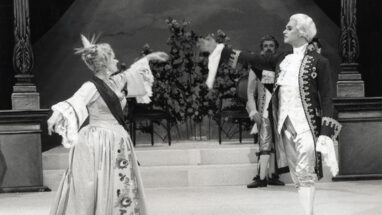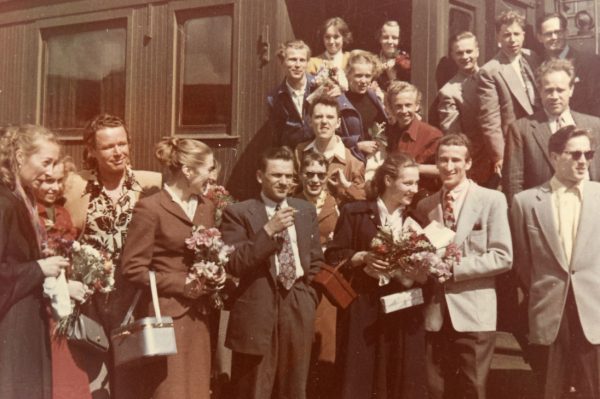

Summer tours and films bring ballet to the entire nation
Twists and turns of the Finnish National Ballet 4
After the war years, all of Finland got to enjoy opera and ballet performances on the Finnish Opera’s extensive summer tours. The singers and dancers had such modest salaries that they had to work in the summer, too, so holidays were spent touring the country. Though these tours were not organised by the Finnish Opera, all the singers and dancers were from its ranks, and the practicalities were managed by its finance manager Alfons Almi.

A varied repertoire reaches all of Finland
Summer tours took place every year from 1945 to 1967. The repertoire of the first tour in summer 1945 comprised the opera Pagliacci and ballet excepts accompanied by piano. In later years a small orchestra would travel with the dancers. The first tour that featured only ballet was in 1947, with performances of Swan Lake around Finland. Swan Lake was a regular feature in the summer tour repertoire, seen on a total of six tours. Other summer tours presented ballets such as The Nutcracker and the Mouse King, Les Sylphides, Coppélia, The Sleeping Beauty and Giselle as well as the Finnish classic Pessi and Illusia, which had its world premiere on a summer tour.
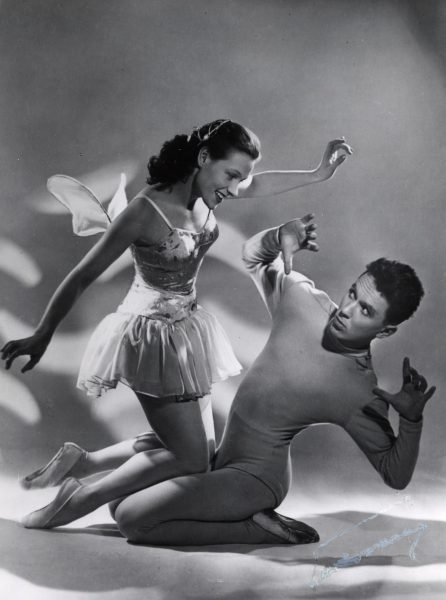
The performance venues of the summer tours varied from proper theatres like the Turku Swedish Theatre, Tampere Theatre, and the Kajaani, Joensuu and Kotka City Theatres to community halls, meeting halls and firemen’s halls popular with local theatre troupes. More unusual venues included the hall of events of the local garrison, a cinema, a sawmill, and a power station.
The conditions for ballet were hardly ideal on the tours, as the venues were not meant for dancing. Many stages had wooden floorboards, which gave the dancers splinters as they glided across the stage. Travel was done by regular passenger train, with the dancers’ own sleeper carriages doubling as accommodation. Some tours also involved a ferry journey to Mariehamn in Åland.
Most tour venues were indoors, but in Midsummer 1952, for example, the dancers were planning to perform under the midnight sun in Aavasaksa, Lapland. Unfortunately, the performance had to be cancelled because of rainy weather. On the positive side, this meant a well-deserved extra night off for the dancers, whose tour schedule originally included a performance on every day but one for 1.5 months!
Pessi and Illusia take Finnish ballet to the silver screen
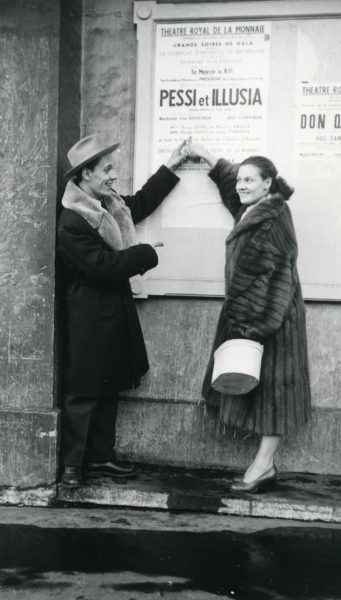
Perhaps the most memorable summer tour of all was that of 1952, which featured the world premiere of Pessi and Illusia at Riihimäki community hall. The ballet, composed by Ahti Sonninen and choreographed by Irja Koskinen, was based on a popular Finnish fairy-tale written during the war by Yrjö Kokko. Young dancers in their early twenties were seen in the lead roles, Doris Laine as Illusia, Heikki Värtsi as Pessi and Maj-Lis Rajala as the Spider. 15 dancers and 11 musicians toured a total of 48 locations around Finland by train.
In October the same year, Pessi and Illusia was staged at the Opera House with new, modernist sets and costumes designed by Tove Jansson. Her sets were replaced by more traditional ones only a couple of years later. The ballet was also made into a film, which was shot on winter nights at Otaniemi sports hall, after the performances at the Opera House. Finland’s first ever dance film premiered in 1954, the year in which the Finnish Ballet also visited Brussels.
The fall and rise of summer tours
The role of tours was diminished in the 1960s, as more and more people bought cars and could easily visit cultural events further afield. Even travelling to Helsinki was no longer just for the elites. Televisions had become common, too, so there was less need to leave home for stage performances or the cinema. The final summer tour of the Finnish Ballet took place in 1967 with Pessi and Illusia choreographed by Elsa Sylvestersson.
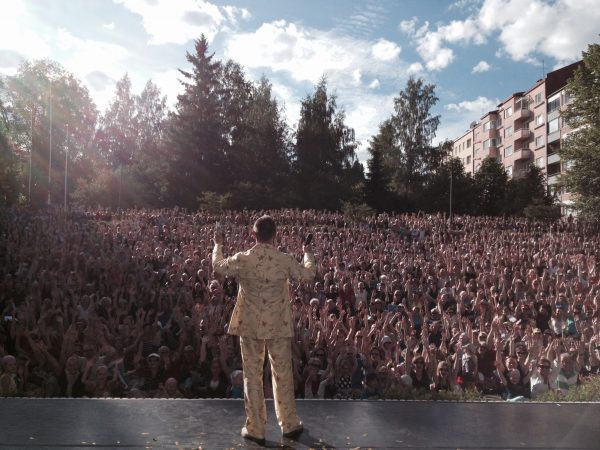
Later on, the Finnish National Ballet visited different Finnish towns and cities individually rather than as part of a tour, performing in venues such as local theatres. A number of tours in the mid-1970s brought ballet to more than 20 locations from Salo in Southwest Finland to Sodankylä in Lapland. In the 2010s touring was revived again with outdoor performances in regional towns and cities. The repertoire comprised excerpts of full-length ballets and unique contemporary dance works created specifically for the tour. The performances were often a local highlight of the early summer, attracting an audience of several thousands to local squares and parks.
Text JUSSI ILTANEN
Photos THE ARCHIVES OF THE FINNISH NATIONAL OPERA AND BALLET (for example Tenhovaara, Waldemar Baronin), MARJO TUOMI
Further reading:
Juhani Koivisto: Suurten tunteiden talo (WSOY 2011)
Laakkonen et. al. (edit.): Se alkoi joutsenesta. Sata vuotta arkea ja unelmia Kansallisbaletissa (Karisto 2021)
Irma Vienola-Lindfors & Raoul af Hällström: Suomen Kansallisbaletti 1922–1972 (Fazer 1981)
Other sourcers:
The Finnish National Opera and Ballet Archive
Heidi Almi archive
Helsingin Sanomat 21.2.2010
Recommended for you
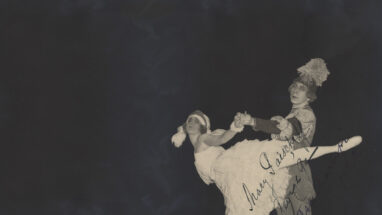
The Finnish Opera establishes a ballet company
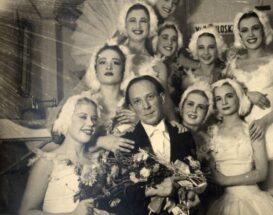
Gé, Saxelin, Gé, Saxelin…
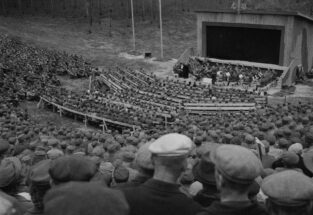
Tours for soldiers and sad news from the front

International stars from the east and west
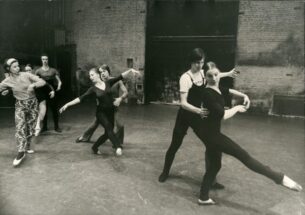
Ballet masters change, Sylvestersson remains
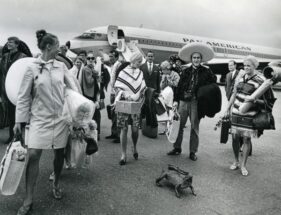
The Finnish National Ballet as an ambassador for Finland
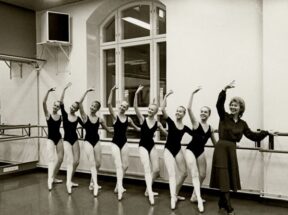
From a private ballet academy to professional education
